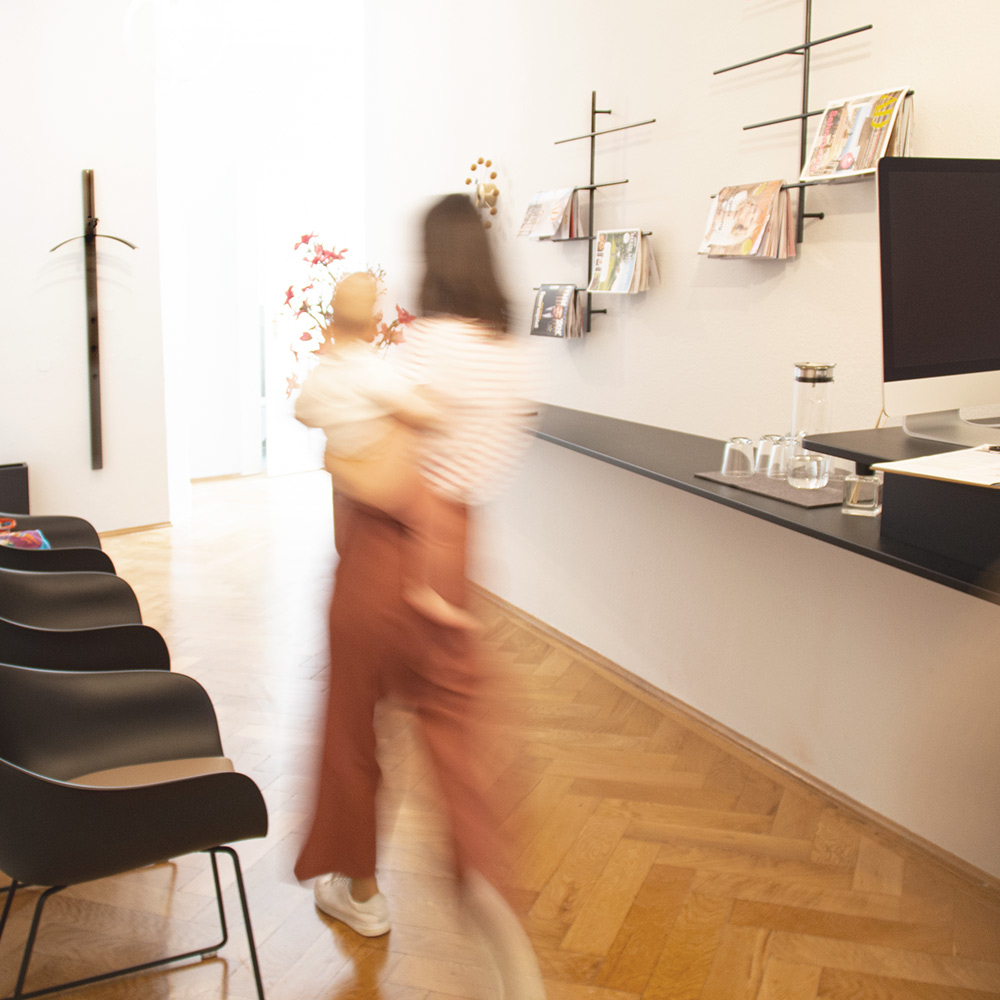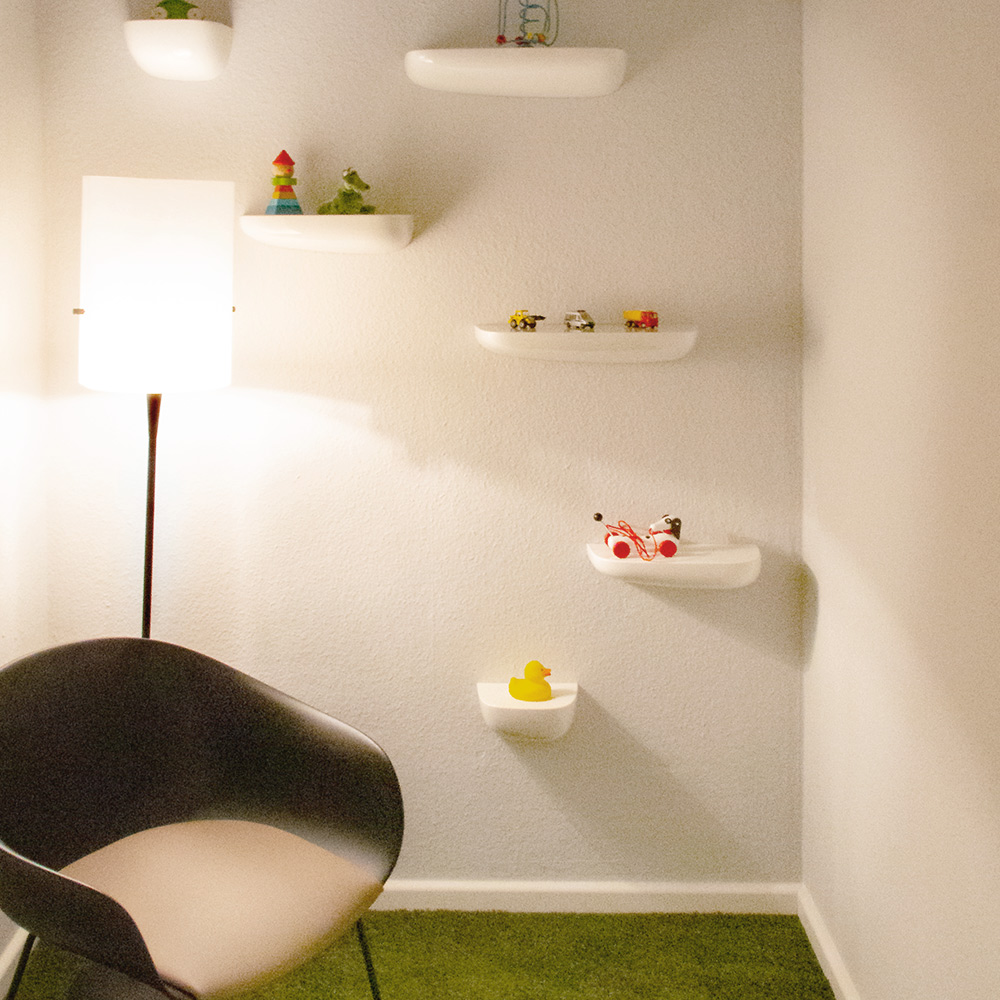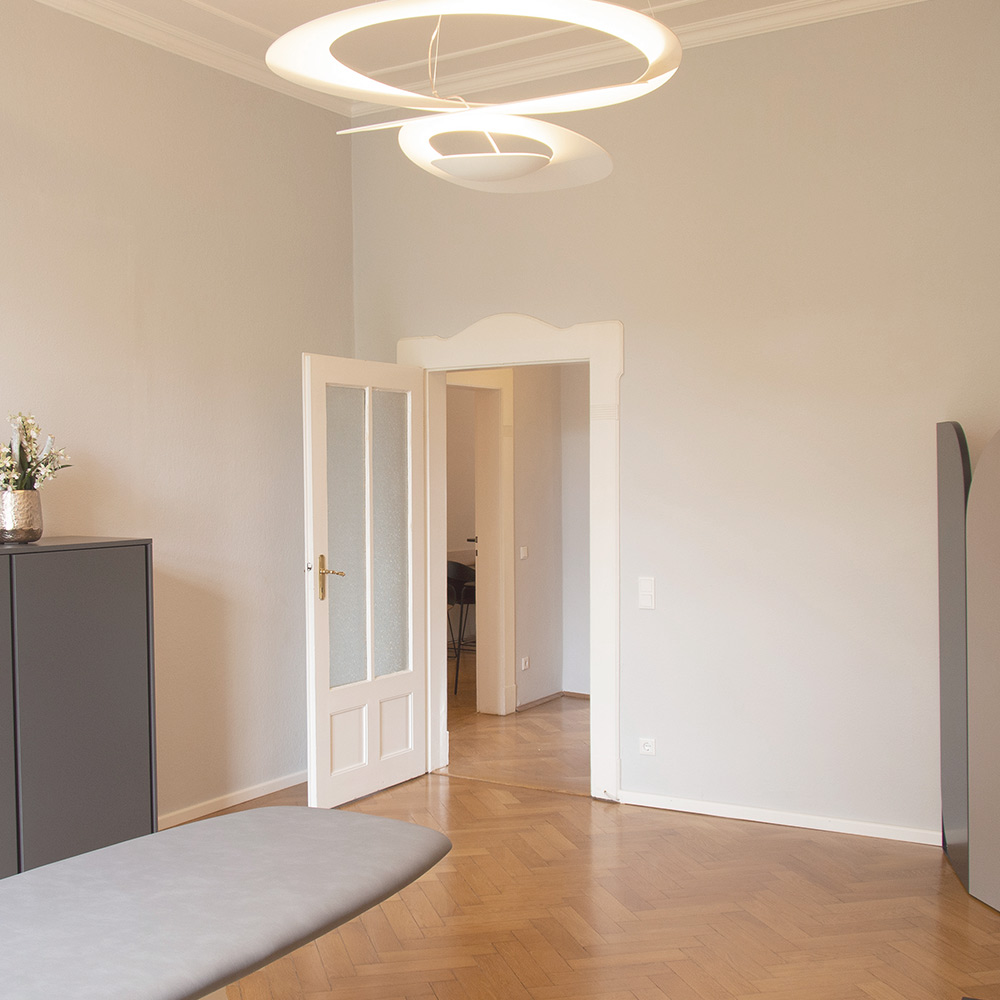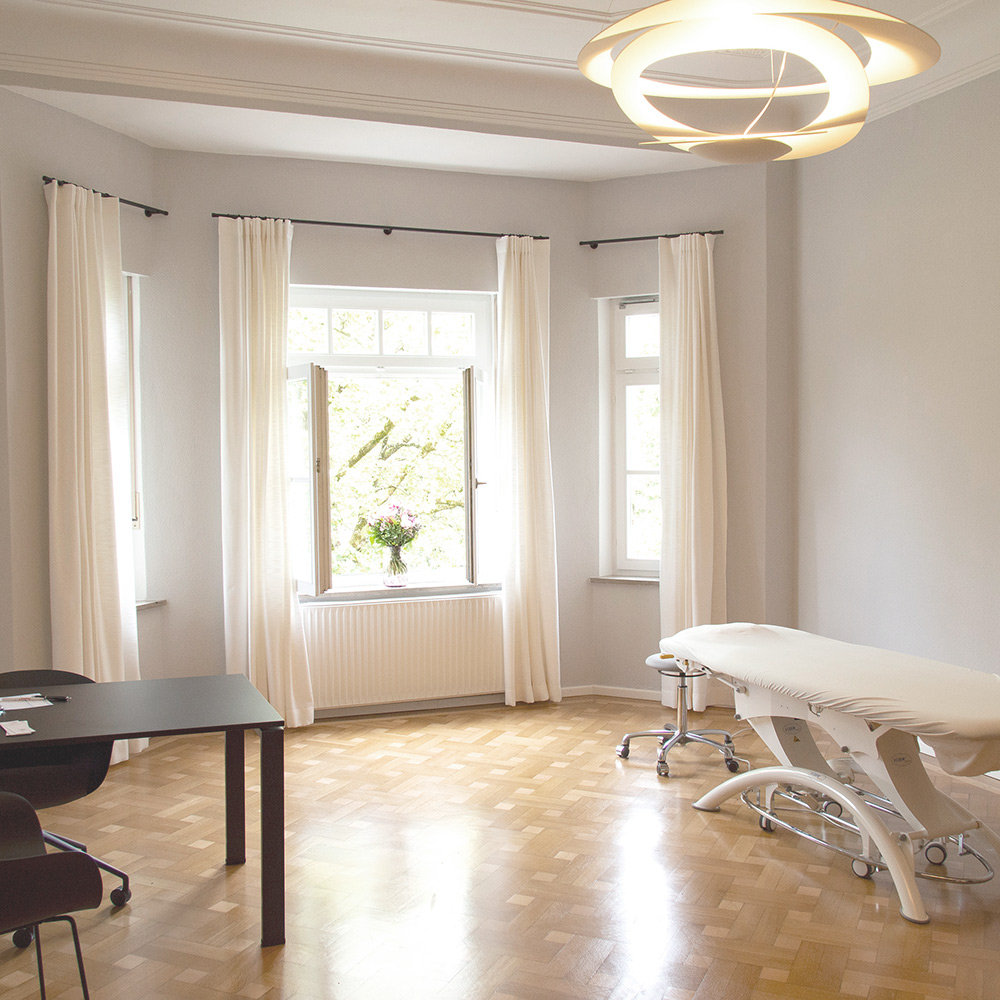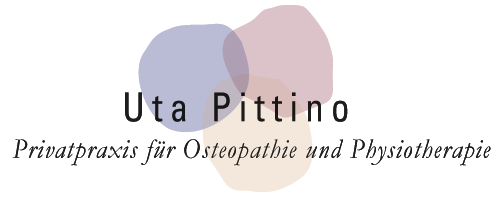A malfunction of the masticatory system can cause a variety of complaints, which can trigger a variety of symptoms, from tension of the temporomandibular joint to discomfort in the back to ringing in the ears (tinnitus) and dizziness. Therefore, it is particularly important to us for a successful treatment to consider head, neck and trunk muscles as well as the spine therapeutically holistically. As part of comprehensive functional diagnostics, we analyze both the jaw and teeth as well as the adjacent anatomical structures.
CMD THERAPY IN MUNICH
HOLISTIC TREATMENT OF TMJ DISEASES
EFFECTIVE TREATMENT OF CRANIOMANDIBULAR DYSFUNCTION (CMD)
SOOTHING THERAPY – FROM TEMPOROMANDIBULAR JOINT TO SPINE
Do you suffer from frequently recurring pain in the temporomandibular joint and cervical spine? Then the specialists for CMD therapy in our practices in Munich and Herrsching offer you a particularly effective therapy offer.
One of the most common causes of headaches and discomfort in the neck and back is a so-called craniomandibular dysfunction (CMD) – a dysfunction in the temporomandibular joint (e.g. due to nocturnal teeth grinding, overbite or underbite). In cooperation with experienced dentists, orthopaedists, orthodontists and ENT doctors, we offer you a particularly effective CMD therapy through our holistic approach.
OUR CMD THERAPY RELIES ON HOLISTIC FUNCTIONAL ANALYSIS
OUR CMD THERAPY WORKS THROUGH INTERDISCIPLINARY TREATMENT
Our goal is to bring jaw and body back into harmony. That is why we work in an interdisciplinary network with experienced dentists, dental technicians, orthodontists and ENT doctors. In this way, we can eliminate the causes of the dysfunction (e.g. by bite splints, braces or build-up of the chewing surfaces) as well as effectively treat the painful symptoms – with holistic
osteopathy and physiotherapy.
POSSIBLE SYMPTOMS OF CMD
It often takes years for craniomandibular dysfunction to be diagnosed as the cause of complaints. Patients visit one specialist after another without receiving a clear diagnosis. Orthopedists and neurologists do not realize that the problems come from the jaw. The following symptoms may be associated with craniomandibular dysfunction (CMD):
- Teeth grinding or teeth clenching
- Headache or migraine
- Neck pain
- Shoulder and back pain
- Facial pain
- Tinnitus, ringing in the ears and dizziness
- Earache
- Light sensitivity and eye flicker
- Pressure pain behind the eyes
- Variable vision
- Numbness in the mouth
- Touch-sensitive hair and scalp
- Loss of enamel
- Receding gums
- Toothache and sensitive tooth necks
- Tongue burning
- Difficulty chewing
- Jaw lock
- Jaw cracking
- Swallowing
- Speech and vocal cord problems
- Frequent clearing, hoarseness or sore throat
- Increased salivation and lacrimation
- Insomnia
- Pelvic obliquity
- Intervertebral disc problems or body aches
- Tingling in the fingers
- Numbness in the arms and fingers
Procedure
THIS IS HOW CMD THERAPY WORKS WITH US IN MUNICH
At the beginning of a successful CMD therapy, there is always a detailed anamnesis interview and our holistic functional diagnostics. Based on the diagnosis made during this functional analysis, a therapy plan is created to eliminate the causes of the imbalance, relieve tension and bring the entire body back into harmony.
1. Dental/orthodontic therapy
After a comprehensive diagnosis has been made, the cause of the symptoms is permanently eliminated. For this purpose, we work closely with an experienced dentist or orthodontist from our network and develop an optimal treatment combination. The first measure in the context of CMD therapy is usually a bite splint, which is individually made with the help of a plaster cast. This splint prevents incorrect contacts of the teeth, corrects displacements of the joint and helps to relieve the temporomandibular joint and the masticatory muscles. In 80-90% of cases, the bite splints contribute to freedom from symptoms.
In order to permanently maintain the new mandibular position and to adjust a uniform bite without a splint, further measures may be necessary, such as orthodontic treatment, grinding in the tooth surfaces, new fillings and inlays or a prosthetic restoration.
2. Osteopathy and physiotherapy
In order to treat the painful symptoms of craniomandibular dysfunction and to correct malpositions in the musculoskeletal system, osteopathic techniques, physiotherapy, manual therapy, and physiotherapy are used, depending on the diagnosis.
Osteopathy in CMD
With the help of targeted pressure and pulling techniques, we detect the tensions and blockages in your body and release them. For pain in the head, we combine craniosacral and temporomandibular techniques – that is, we treat you very gently both on the outside of the head and on the inside of the jaw. More
Manual therapy for CMD
With the help of a mobilization treatment, we release blocked joints and mobilize them. In most cases, the temporomandibular joints and the cervical spine are treated. More
Physiotherapy at CMD
We mobilize hardened areas and strengthen weakened muscles through postural exercises. Passive and active stretching exercises help to eliminate muscle shortening. In the face, tension is released and the muscles are massaged. More
POSSIBLE CAUSES OF CRANIOMANDIBULAR DYSFUNCTION
In patients with craniomandibular dysfunction, minimal changes in tooth or jaw position are usually the cause, in some people a misbite is also congenital. Other possible causes of craniomandibular dysfunction include:
- Stress
- Incorrect sitting position
- Incorrect posture of the head
- Unfavorable sleeping position
- Sports injuries or accidents
- Joint inflammation
- Incorrect treatment at the dentist or orthodontist
- Irregular prophylaxis at the dentist
Faq
FREQUENTLY ASKED QUESTIONS ABOUT CMD THERAPY MUNICH
This question cannot be answered in a general way. Most of our patients experience an improvement in symptoms within a few weeks. Depending on the individual complaints, the duration varies from patient to patient and can extend over a few days but also up to several months.
In order to enable a targeted, successful therapy, it depends on the holistic view of the patient already during diagnosis and later also during treatment. It is important that the various medical disciplines (dentist, osteopath, physiotherapist, psychotherapist, otolaryngologist) work closely together, because everyone in their specialist area can see exactly what problems exist and an optimal, interdisciplinary therapy plan can be created in a team.
